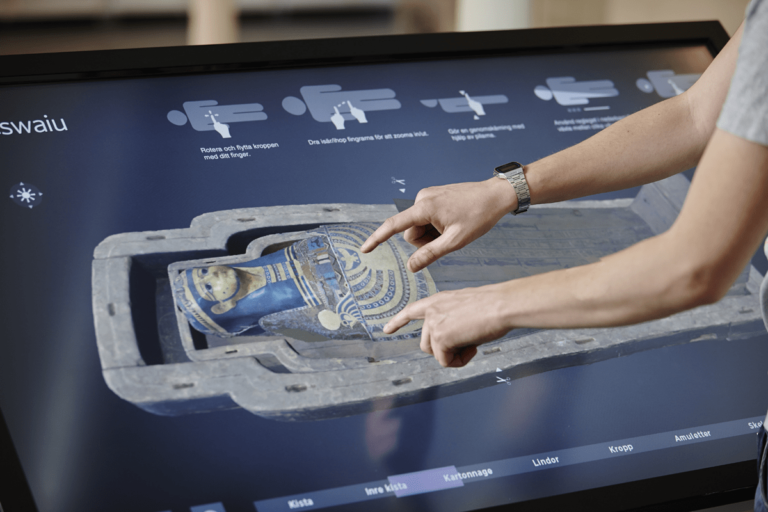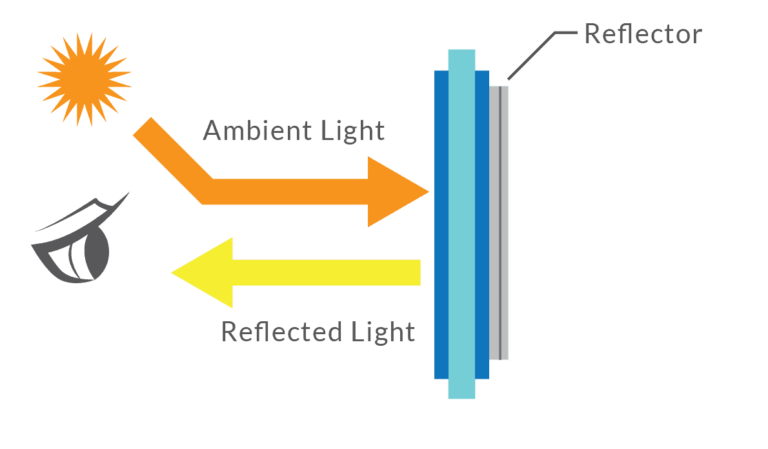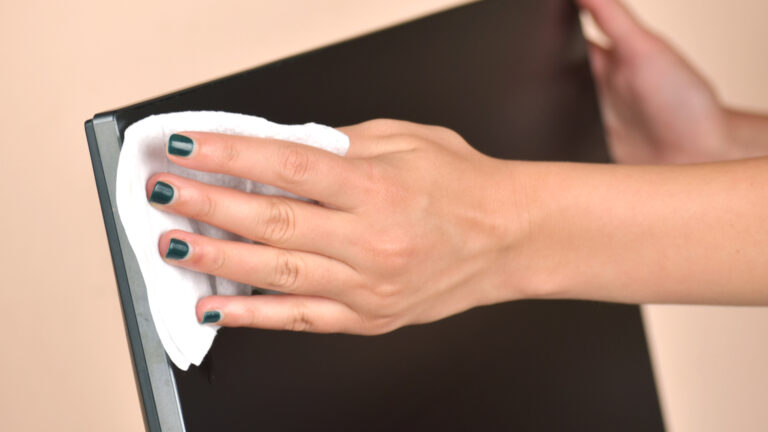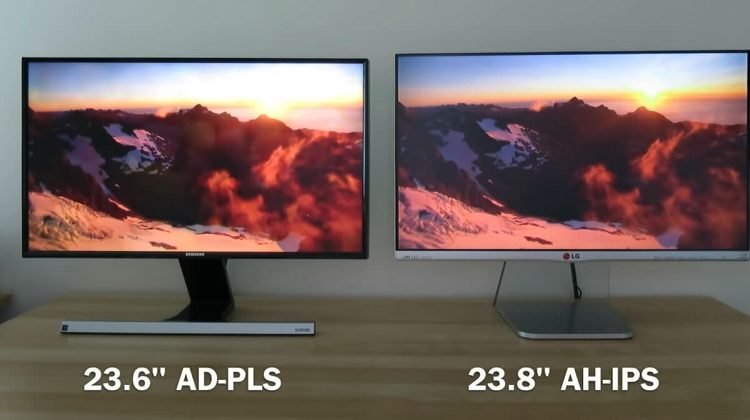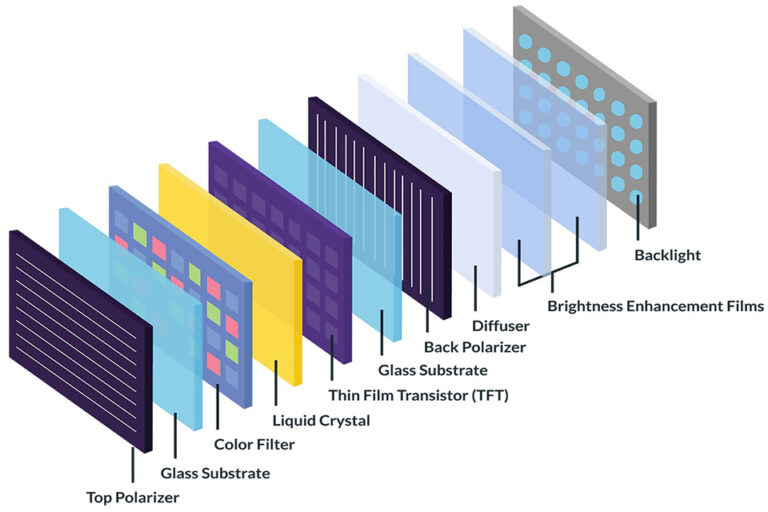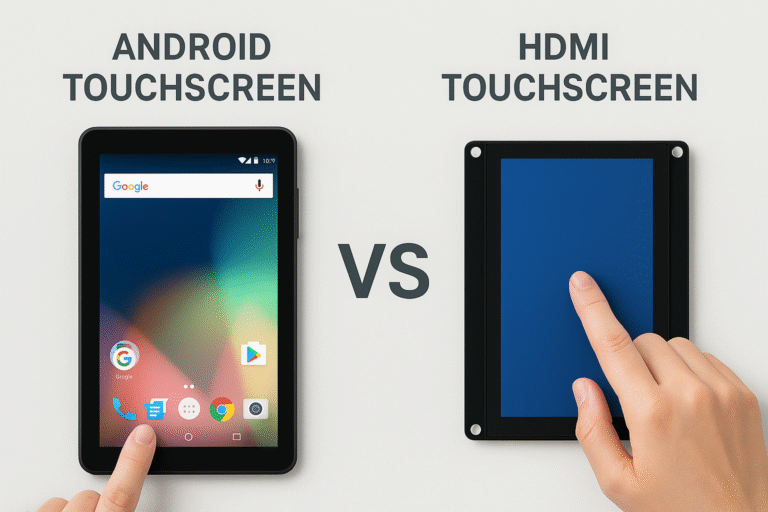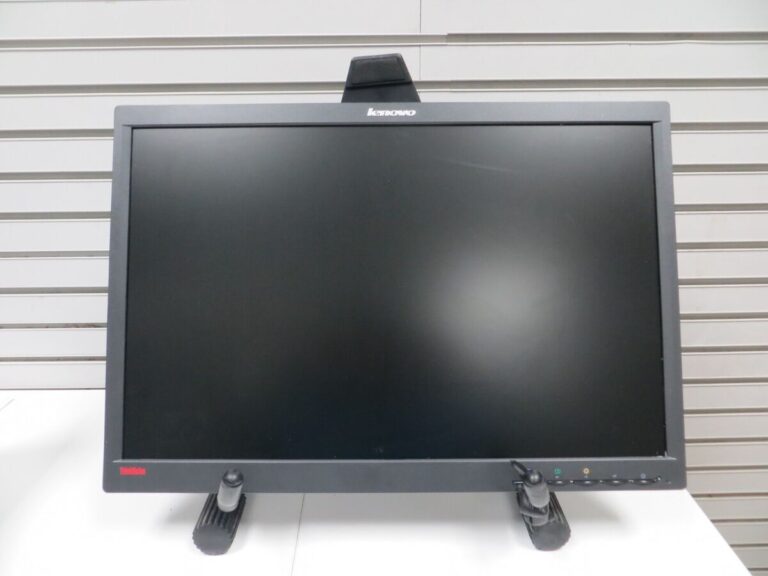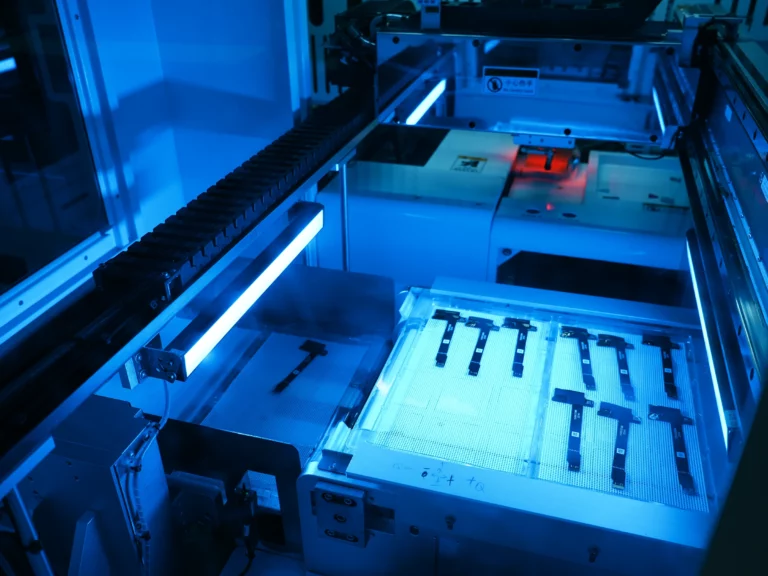What Is a Capacitive Touchscreen?
Capacitive touchscreens work by detecting changes in the electrical field on the surface of the screen. When a conductive object (like a human finger or a capacitive stylus) touches the screen, the sensor grid recognizes this as input.
Advantages of Capacitive Technology
- Highly responsive with light touch
- Supports multi-touch gestures (pinch, swipe, rotate)
- Superior display clarity and brightness
- Durable in clean environments with minimal moving parts
This makes capacitive panels perfect for smartphones, tablets, retail kiosks및 smart home displays, where visual quality and interaction smoothness are priorities.
제한 사항
- Doesn’t respond to gloved or non-conductive input
- Sensitive to moisture or static interference
- Higher cost compared to resistive panels
- 필요 사항 touch tuning for industrial conditions
👉 관련: Touch Panel Technologies for Harsh Environments
What Is a Resistive Touchscreen?
Resistive touchscreens register input through physical pressure. They contain two flexible layers that touch when pressed, creating a change in resistance that tells the system where the touch occurred.

Advantages of Resistive Technology
- Works with any object: gloves, pens, styluses, even tools
- Performs well in dusty, wet, or rugged environments
- More affordable for cost-sensitive applications
- Offers high accuracy for single-point input
That makes resistive panels ideal for industrial HMIs, medical equipment, outdoor kiosks및 manufacturing interfaces.
제한 사항
- No multi-touch or gesture support
- 필요 사항 firm pressure to operate
- Slightly lower brightness due to extra layers
- Can wear down over time with repetitive use
카탈로그에는 수천 개의 제품이 있습니다.
LCD-TFT, OLED 그래픽 및 영숫자 디스플레이, LCM, 전자 종이 디스플레이, 바코드 스캐너(내장형, 핸드헬드, 고정 마운트), 산업용 모니터, 산업용 컴퓨터(캐리어 보드, COM 및 SOM, 임베디드 시스템, HMI 패널 컴퓨터, SBC), 정전 용량 및 저항막 터치 스크린, 액세서리(개발 키트, 커넥터, 컨트롤러, FPC/FFC 테이프, ZIF 커넥터) 등 다양한 제품을 만나보세요.
Comparison Table: Capacitive vs Resistive Touchscreen
| 기능 | 정전 용량 | 저항성 |
|---|---|---|
| Touch Input | Finger, capacitive stylus | Finger, glove, any stylus |
| Multi-Touch Support | 예 | 아니요 |
| Sensitivity | Light touch | Requires pressure |
| Display Clarity | High brightness and clarity | Lower due to added layers |
| Durability | Long lifespan in clean settings | Rugged, suitable for harsh use |
| 비용 | Higher | Lower |
| Best Use Cases | Consumer electronics, smart devices | Industrial, medical, outdoor terminals |
Which Touchscreen Should You Choose?
Choose Capacitive If You Need:
- A sleek, modern user experience
- High-performance multi-touch gestures
- Bright, vibrant displays for public or commercial use
- High-speed responsiveness for apps or media
Capacitive displays are ideal for smartwatches, interactive signage및 Android-based systems where user interaction must feel intuitive.
Choose Resistive If You Need:
- Glove or stylus operation
- Performance in dusty, wet, or extreme environments
- Lower cost for budget-sensitive builds
- Precision input with stylus or finger
Resistive panels remain a go-to choice in industrial controls, factory HMIs및 embedded systems for harsh settings.
FAQs – Capacitive vs Resistive Touchscreens
What’s the biggest difference between capacitive and resistive screens?
Capacitive screens sense electrical contact; resistive screens sense physical pressure. This affects responsiveness, input tools, and cost.
Which is more durable?
Capacitive screens are durable in clean environments. Resistive screens are better in outdoor or industrial settings where gloves and tools are used.
Can capacitive screens work with gloves?
Not standard gloves—only capacitive-compatible gloves or styluses. Resistive screens work with any glove.
Are resistive screens outdated?
No. They are reliable and effective for rugged applications where gesture input or sleek visuals are less critical.
Which screen has better display quality?
Capacitive screens, due to fewer layers, offer better light transmission and brightness.
Conclusion: Match the Touchscreen to Your Environment
When comparing capacitive vs resistive technology, there is no one-size-fits-all solution. It depends on your device’s use case, environmental demands및 user interaction needs.
에서 RJY 디스플레이, we help clients across industries—medical, industrial, consumer electronics, and transportation—match the right touchscreen technology to the right application.
Whether you’re building a glove-friendly outdoor kiosk or a sleek retail display, we can help you get it right.
참조 리소스





